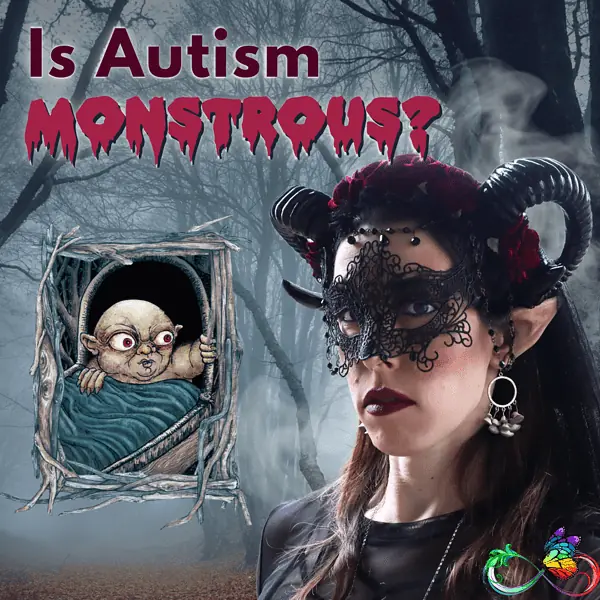
Changelings and the Folk History of Autism
content warning: discussions of ableist violence against children and filicide.
For much of history, humans have projected our fears onto the monsters that inhabit our stories. And there’s one monster in particular associated with fears around neurodivergent and autism: the changeling.
Many Celtic, Germanic, and Norse myths tell of children being kidnapped by fairies or other supernatural beings to be replaced by a monstrous substitute, a changeling.

Yet the origins of changelings may have not been supernatural at all, but instead, as a way of understanding neurodivergence in children, I recorded a video one year ago at a famous site associated with Celtic and fairy folklore in Ireland. I released the video Changelings and the Folk History of Autism on YouTube today, April 30, along with this accompanying blog in honor of Autism Acceptance Month.
Celtic Fairy Beliefs and Changelings
To make this blog/video, I traveled to Sligo, Ireland, an area which inspired the Irish writer W.B. Yeats who collected folklore about fairies. I even hiked to the top of Knocknarea mountain to visit the legendary burial mound of Queen Maeve.

Monumental burial mounds like these were also known as cairns or “Sídhes” in Celtic folklore, with many containing passageways to the tombs inside. In Celtic folklore, these passageways were believed to lead to the underworld, to the realm of fairy. In this blog I’ll be speaking about one of the most feared fairies in Irish folklore, that of the changeling.

Stories of changelings strike fear into the hearts of many families and especially mothers in Ireland from throughout history and up to this day. In short, in these tales, children, or sometimes young mothers, or unmarried women, are abducted by fairies — only to be replaced by a shapeshifting monster or inanimate object made to appear like that child or woman.

In this blog, I’m going to discuss accounts of changelings from people who earnestly believe in their existence, including Irish writer W.B. Yeats. I’ll also be discussing some of the non-supernatural explanations for how the myths of the changelings may have come about.
Folk Explanations for Disability
One of my primary interests in changeling folklore is how it may be tied to historical attempts to explain developmental disabilities and intellectual disabilities in children including Autism, ADHD, Epilepsy, Dyslexia, Hyperlexia, Dyscalculia, and Down syndrome. As a neurodivergent person myself, that has led to an interest, one might even say an obsession, with the folklore of the changeling.
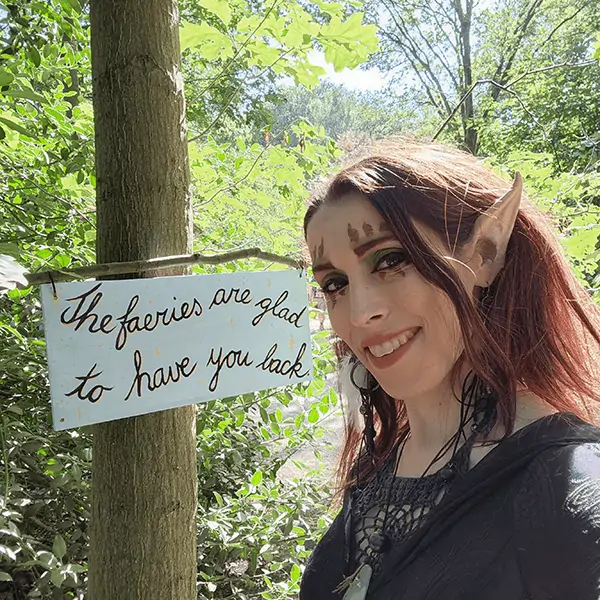
It was believed that being kidnapped by fairies might happen if you disturb a Sídhe such as Queen Maeve’s tomb. Or simply leaving your child unwatched and unprotected or unbaptized might lead to them being kidnapped. Fairy kidnappings were a constant fear in the history of Irish folklore and Irish legend. And fairies who kidnapped children and young women would leave a changeling in its place.
Characteristics of Changelings:
So what are changelings like? There’s generally four characteristics all of them share.
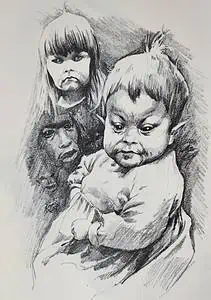
One is that they possess some sort of shapeshifting power, which was not uncommon amongst fairies, which allows them to mimic the appearance of the human child they replaced or woman.
Secondly, changelings are described as ravenously hungry, so much so that they might eat a poor household out of house and home.
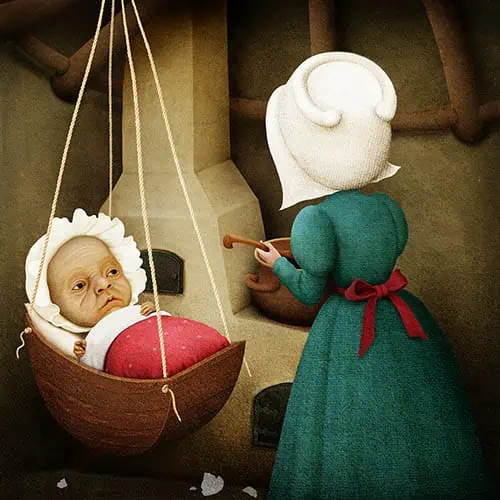
Third is that changelings often exhibit intelligence and behavior that don’t match their age. They may be prodigies who can talk, sing, and dance with incredible skill far beyond a typical child. Or, conversely, they may seem to develop much slower than other children. This is often explained by their immortal nature where they age differently because they are in fact immortal fairies, or may have been an elderly fairy in need of care, left in place of a human child, or a young fairy baby who would not age the same way as a human.
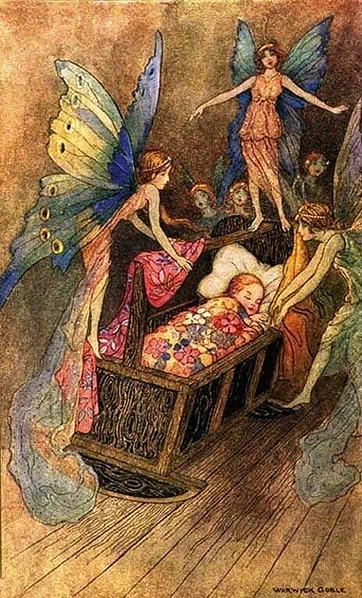
And fourth is the idea that certain practices, some quite violent, can be used to drive changelings out of your home and have your true child or whoever was kidnapped put back in their place. I’ll return to these myths about how to drive a changeling out in a bit, because these practices can be quite gruesome, but also have scary implications for the folklore and history of disabled children.

Other characteristics of changelings vary widely, but honestly, many strongly mirror conditions known as neurodivergence, or disabilities today. They may flap their hands, shake, fidget, and move in ways similar to autistic stimming. They may be challenged or even resistant to learning things like math and speech, similar to Dyscalculia, Dyslexia and ADHD. They may exhibit prodigious talents such as playing music. And their mischievous behavior may be taken as a sign that they’re rejecting their parents’ affection as a mischievous fairy. But again, this has to do often in actual children, with the ways that neurodivergent children express love and communicate differently.
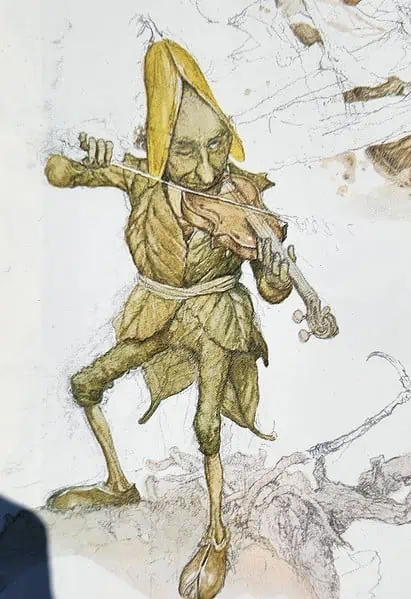
There are many other variations on the descriptions of changelings, but as folklorist Susan Schoon Eberly describes in a 1988 essay:
“The individual case was made to fit the superstition, and thus, we possess no standardized data respecting the appearance of a changeling, where any child who may seem troublesome or a burden to their parents might be considered a changeling.”
And here’s where we must talk about one of the darkest aspects of the myth, not because of the changeling being some sort of a monster, but in how humans treated these supposed monsters.
Irish Changeling Folklore collected by W.B. Yeats
As I’m now in an area of Ireland, Sligo County, which inspired William Butler Yeats, I’m going to start with his descriptions of changelings as he collected in his 1888 book Fairy and Folktales of the Irish Peasantry.
As Yeats writes, “Many things can be done to find out if a child’s a changeling, but there is one infallible thing. Lay it on the fire with this formula burn, burn, burn. If of the devil, burn. But if of God and the saints be safe from harm, then if a changeling, it will rush up the chimney with a cry.”
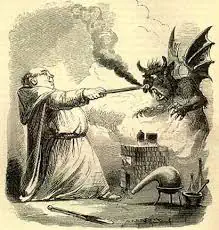
In addition to what W.B. Yeats suggests here, often it is suggested to burn a changeling or boil it over a fire. Or you could poke it with a hot iron and otherwise try to torture it to drive it out of your house. Now, imagine if you supposed your child was a changeling and set it on fire. Well, this in fact happened. There’s Irish accounts of a child burned alive on a red hot shovel, and children abandoned or driven out of their homes. This was supposedly to reveal their true nature, but also gave an excuse for parents who might see their child as being a burden on a poor peasant family unable to feed themselves to give them an excuse to kill their child.
One of the more unusual and less violent ways to drive a changeling out was to have it reveal its true nature by playing a trick on it, such as boiling stew in eggshells or boiling eggshells in a pot, which is again referenced in the Yeats Book of the Irish Folktales and Fairy Tales of the Peasantry.
In the story The Brewery of Eggshells, a woman who suspected her child had been replaced by a withered old fairy went for advice amongst her neighbors about what to do. And it was suggested to her that she should boil a pot on the fire and take eggs, crack the yolk and egg and boil simply the eggshells in the fire. Upon doing this, the changeling said I’m 1500 years in the world and I never saw a brewery of eggshells before. Having done this and the changeling revealed, the woman then sought to stab it with a red hot poker. But before she could, the changeling had been replaced by her actual child.

Now, while there are many tales of changelings, what’s less typical in folklore is to tell the tale of what happens to a changeling after it has been driven out of a human’s home. One thing we do know is that these changelings, once driven out, were often shunned by other fairies, having been tainted by living in the human world. They likely would live lonely lives such as that of a solitary fairy.

Positive Folklore Representation of Changelings
While positive myths about changelings are rare, there is a happier tale based on changing mythology that I grew up with from the book Celtic Tales by Elena Chmelova. This tale, called “How the Fisherman’s Wife Saved the Elf Queen’s Child,” tells of a woman impoverished by the death of her husband, a fisherman who barely had enough food to feed her own small child. Yet one day, an elf woman appears at her door and begs her that she might give shelter and food to her and her child.

The woman, having very little to feed herself and her child, nevertheless offers what she could to the elf and her child and upon doing this is blessed by the elf that her food should never run out. The elf asks that the woman continue to take care of her child and raise it like her own, which she agrees to do. The young elf child, now left behind with the woman and her son actually grows up well fed by the enchanted food and happy to play with its stepbrother. And the two form quite a happy bond together.
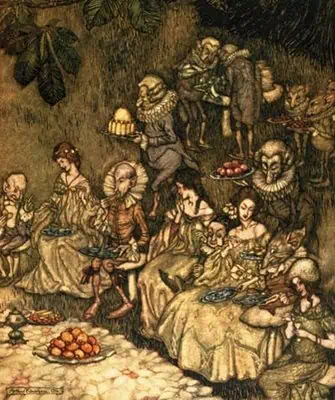
Then one day, the elf reappears and reveals herself to be a queen of the elves and asks the fisherman’s wife to come to the fairy court with her. While there, the fisherman’s wife is treated quite well by the fairies and is given yet another gift, a boon that she has now been blessed with the power of healing and a stock of healing herbs that will never run out. She becomes known as a wise healer and a doctor sought out by everyone in her village and as such, her child, the changeling child. And everyone ends up happy.
Changelings as Pre-Scientific Explanations for Disability
A few times in this blog, I’ve mentioned the connections between changelings and disability. But in short, before the advent of modern psychology and psychiatry, a discipline which really only began to form in the late 19th century with the first descriptions of developmental disabilities like autism coming as late as the 1940s.
Folktales in fairy beliefs such as in changelings and fairy kidnappings perhaps provided a way for parents to understand and console themselves if their child began exhibiting disabilities and or seemed to develop slowly and or differently from other children. A child being able to speak or play the fiddle at a young age might cause alarm, as it would also cause alarm for other autistic or neurodivergent traits to appear before there was medicine to explain it.
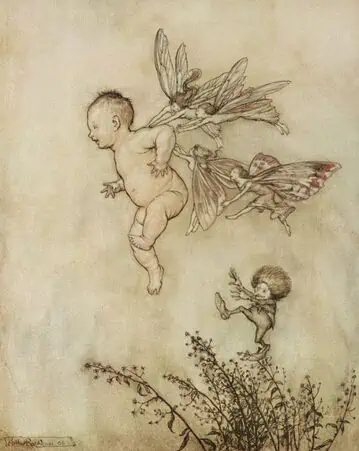
Changelings and Ableism
But again, as I mentioned, this has quite a darker side to this folklore. The idea that changelings were ravenously hungry, that they were parasitic and might place an undue burden on a poor peasant family, led to changeling myths perhaps being used to justify the murder, abandonment and torture of these children. And this has been recorded numerous times in the historical record. And these historic records of changelings even include a writing by Martin Luther claiming that as changelings had no soul, they could be put to death. This justified filicide murder of children by their parents and would seem a thing of the past. But in fact, parents regularly murder their disabled children to this day and get away with it.

On March 1 of each year, the disability community commemorates and memorializes the children lost to filicide on the Disability Day of Mourning. And it has been brought up at many these ceremonies the ways that traditional folklore and beliefs that disabled children are a burden or parasitic or someone’s true child has been kidnapped by autism contribute to stigma and violence against disabled children today.
Re-claiming Changeling Myths
These attitudes are horrific relics of changeling myths. Yet I think these myths can also be hopeful and inspiring in showing us that disabled children have always existed. And perhaps changelings can inspire neurodivergent people in reclaiming these myths to tell stories of how our differences from other humans bring us strength and joy.
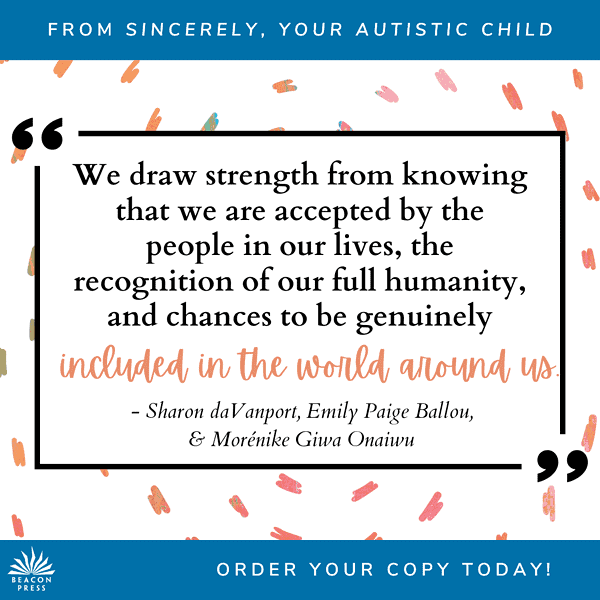
Thank you for journeying here with me to Sligo, Ireland, to learn about the myth of the changeling child. And if you love this, I’d love to hear from you because I’d enjoy making more videos and blogs about fairy folklore and changelings. If you could financially support me on Patreon, I would deeply appreciate it. You can do so at Patreon.com/KayleyWhalen.
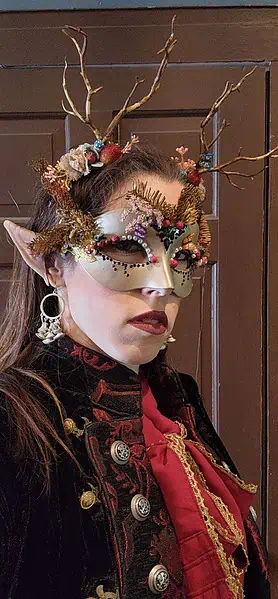
Also thank you to the Autistic Women & Nonbinary Network for being an amazing advocate for neurodivergent people, and re-posting this blog!
by Kayley Whalen, Communications and Digital Strategy Consultant, Autistic Women & Nonbinary Network
